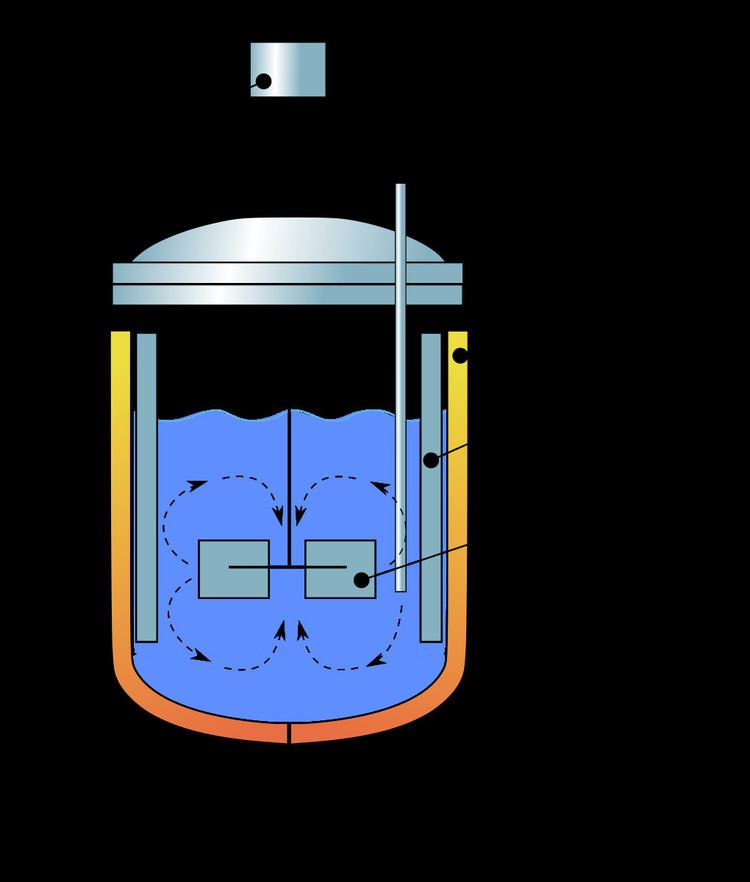 | ||
Baffles are flow-directing or obstructing vanes or panels used in some industrial process vessels (tanks), such as shell and tube heat exchangers, chemical reactors, and static mixers. Baffles are an integral part of the shell and tube heat exchanger design. A baffle is designed to support tube bundles and direct the flow of fluids for maximum efficiency.
Contents
Use of baffles
The main roles of a baffle in a shell and tube heat exchanger are to:
In a static mixer, baffles are used to promote mixing.
In a chemical reactor, baffles are often attached to the interior walls to promote mixing and thus increase heat transfer and possibly chemical reaction rates.
Types of baffles
Implementation of baffles is decided on the basis of size, cost and their ability to lend support to the tube bundles and direct
Installation of baffles
As mentioned, baffles deal with the concern of support and fluid direction in heat exchangers. In this way it is vital that they are spaced correctly at installation. The minimum baffle spacing is the greater of 50.8mm or one fifth of the inner shell diameter. The maximum baffle spacing is dependent on material and size of tubes. The Tubular Exchanger Manufacturers Association sets out guidelines. There are also segments with a "no tubes in window" design that affects the acceptable spacing within the design. An important design consideration is that no recirculation zones or dead spots form – both of which are counterproductive to effective heat transfer.
